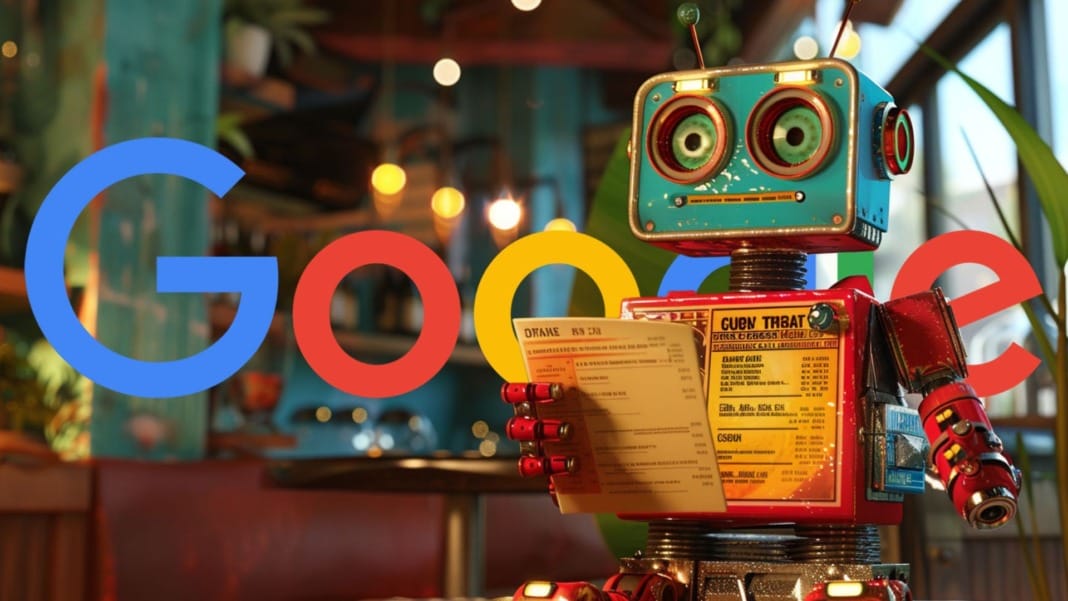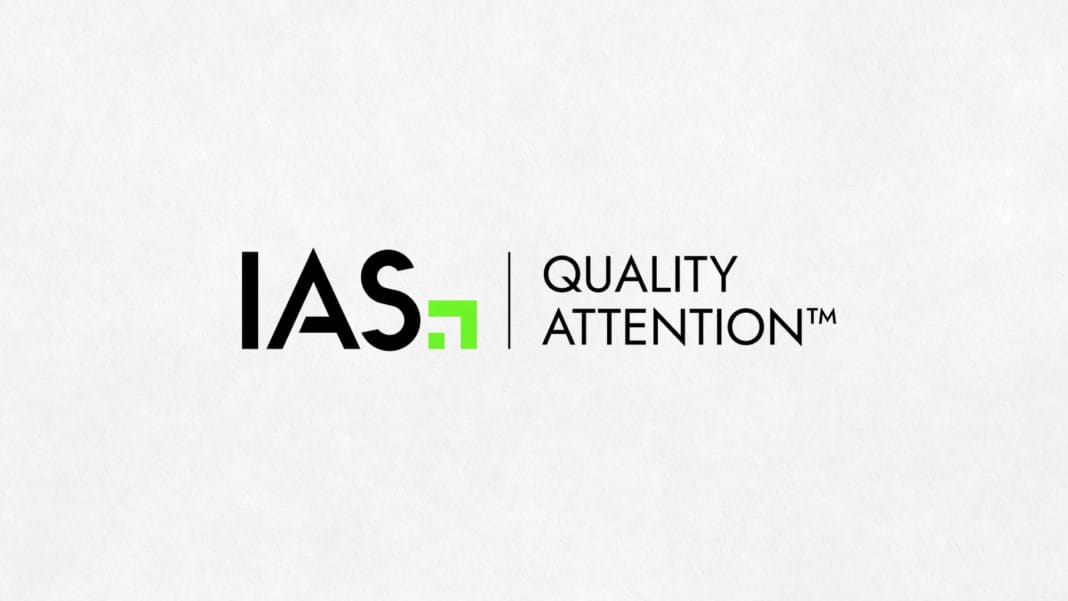Google has recently introduced an exciting new feature that lets you create a detailed menu from a photo using artificial intelligence. This innovative tool, integrated into the Google Business Profile (GBP) dashboard, promises to make menu creation for your restaurant or café quicker and easier.
How to use the new feature
Select the “Edit Menu” button from your Google Business Profile dashboard to take advantage of this new feature. From there, you can upload an image of your menu. However, please note that PDFs are not accepted.
Once you upload the image, the AI will work its magic to transform your photo into a detailed, editable menu. This process is straightforward and efficient, saving you the time and effort to input all your menu items manually.
Benefits of Google’s AI menu tool
There are several advantages to using Google’s new AI-powered menu tool:
Fast and easy to use: After uploading your menu image, you can quickly edit and publish the menu. The AI efficiently processes the information, allowing you to make any necessary adjustments before going live.
Automatic header insertion: If your menu includes headers, the AI will recognise and insert them appropriately into your digital menu.
Price recognition: The tool can identify and insert prices from your menu image, ensuring that your items are listed with the correct pricing information.
These features make the tool particularly useful for businesses looking to update their menus frequently or those launching new seasonal offerings. You can focus on other aspects of running your restaurant or café by automating much of the menu creation process.
Challenges and limitations
While the new feature offers significant benefits, there are also some pain points and limitations to be aware of:
Single photo upload: The tool allows only one photo to be uploaded. You must manually add the remaining items if your menu spans multiple pages.
Buggy performance: During testing, some issues were observed. For instance, if there are no headers at the top of the menu, the AI might create two separate items: one for the menu name and another for the item description. This can lead to confusion and require additional manual adjustments.
Unexpected price insertion: The AI might still add pricing to some items even if your menu image does not include prices. This could result in incorrect information being displayed to your customers.
Despite these challenges, the tool is an excellent option for quickly adding your menu to your Google Business Profile. Especially now that menu items are likely a ranking factor, having an up-to-date and detailed menu can help improve your visibility and attract more customers.
By leveraging this AI tool, you can ensure that your menu is always current and easily accessible to potential customers searching for dining options in your area. This could potentially boost your business’s online presence and enhance customer engagement.
In conclusion, Google’s new AI-powered menu tool represents a significant step forward in simplifying menu creation for restaurant and café owners. While it has its limitations, the benefits it offers make it a valuable resource for keeping your business profile accurate and appealing.





